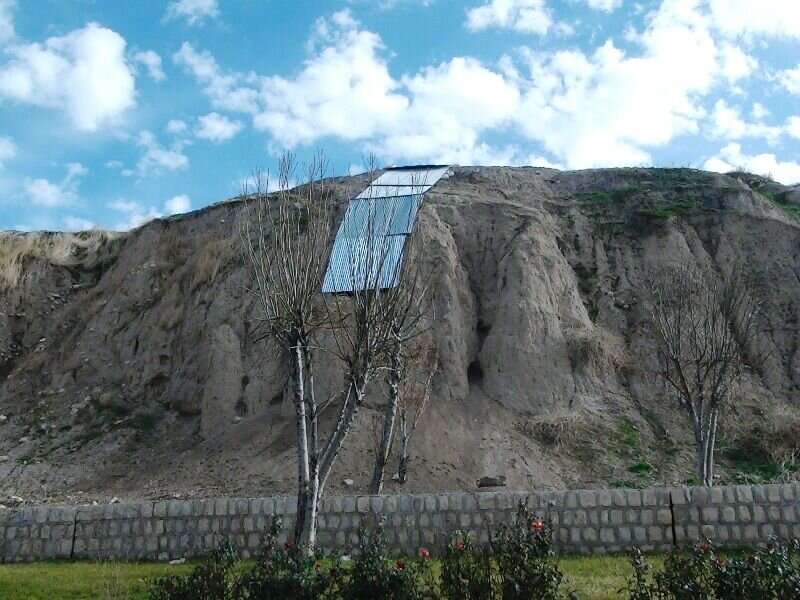Excavations shed new light on millennia-old hill in western Iran

TEHRAN – A team of Iranian archaeologists has recently finished an archaeological season on Tepe Ghala, an ancient hill in western Iran with vestiges dating back to 800 BC.
The archaeological hill is situated in the modern town of Gilan-e Gharb in Kermanshah province, which is significantly rich in both the history of Iranian plateau and mankind.
“The first archaeological season on Tepe Ghala has come to an end in order to make an archaeological chronology for the ancient hill,” Sirous Adib, Gilan-e Gharb tourism chief, said on Saturday, IRNA reported.
The excavations were carried out by experts from the Research Institute of Cultural Heritage & Tourism in the span of three months, the official noted.
“According to [results of the] excavations and theories proposed by archaeological experts, vestiges from the Parthian era (247 BC–224 CE) and Median epoch (678 –549 BC) have been found through a stratigraphy on the hill,” Adib explained.
He added that evidence suggests existence of a [ruined] citadel in the site, which was once served as grain storage in the Sassanid period (224 CE–651).
A cradle of civilization, Kermanshah embraces variety of awe-inspiring historical sites such as the UNESCO-registered Bisotun and Taq-e Boston.
Inscribed into the base of a towering cliff, Taq-e Bostan comprises extraordinary Sassanian bas-reliefs of ancient victorious kings divide opinions. Late afternoon is the best time to visit, as the cliff turns a brilliant orange in the setting sun, which then dies poetically on the far side of the duck pond.
UNESCO has it that Bisotun bears outstanding testimony to the important interchange of human values on the development of monumental art and writing, reflecting ancient traditions in monumental bas-reliefs. Bisotun is a patchwork of immense yet impressive life-size carvings depicting the king Darius I and several other figures. It was the first cuneiform writing that was deciphered in the 19th century. Measuring about 15 meters high and 25 meters wide, the inscription was created on the order of King Darius I in 521 BC. It bears three different cuneiform script languages: Old Persian, Elamite, and Babylonian.
AFM/MG
